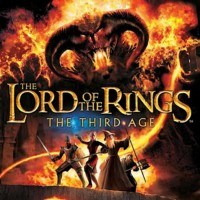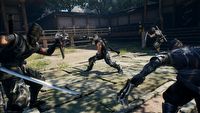RPG in which we followed in footsteps of the Fellowship of the Ring. The Lord of the Rings: The Third Age is one of few story-driven games set in Middle-earth
There was a time when the rights to the Lord of the Rings brand were in the hands of EA. Besides slashers that were adaptations of Peter Jackson's films, the company made one more game. We are talking about The Third Age, which is a true (j)RPG, allowing you to look at the Fellowship of the Ring from a different perspective.
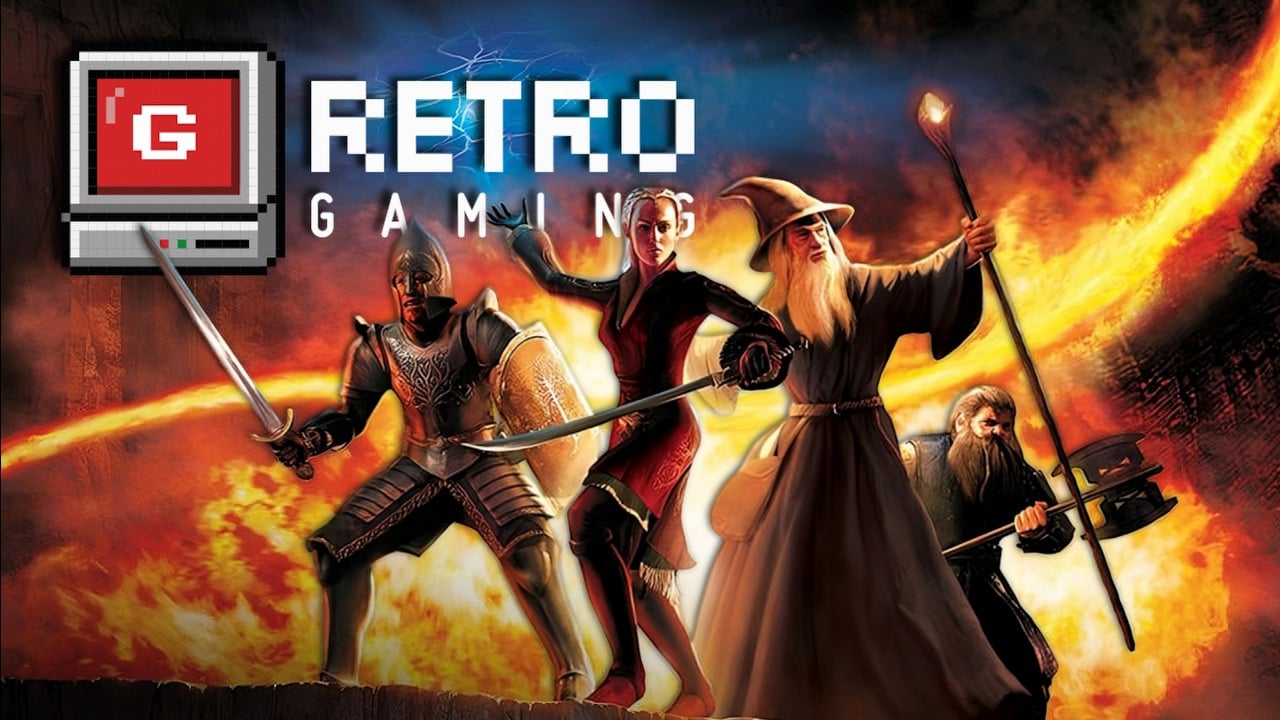
The Lord of the Rings don't really get along with the RPG genre. While Middle-earth may be a perfect setting for this genre, developers and publishers, for various reasons (a topic for another article), are reluctant to tap into its potential. However, this doesn't mean that there were no attempts to change this state of affairs, the best proof of which is The Lord of the Rings: The Third Age.
Electronic Arts' game is an attempt to combine the Lord of the Rings brand with mechanics straight from Japanese RPGs, led by the Final Fantasy series. The attempt was quite successful, though somewhat forgotten by now. And it's a shame because, even with some questionable choices by the developers, the game was still fun. But let's start from the beginning.
Different Fellowship of the Ring
Let's start with the fact that The Lord of the Rings: The Third Age was released in two editions. The first one, created by EA Redwood Shores, was released on PlayStation 2, Xbox, and GameCube. The second one, developed by Griptonite Games, appeared on Game Boy Advance. In this article, I am focusing on this first edition.
The Lord of the Rings: The Third Age didn't allow players to take on the roles of the characters from the books and movies. Instead, the discussed title allowed us to follow the fate of a Gondorian named Berethor and his friends: the elf Idrial, the Ranger of the North Elegost, the dwarf Hadhod, and Morwen and Eaoden from Rohan. The party we led was a sort of "shadow team" that followed Frodo and his Fellowship almost step by step, having similar adventures. The fact that their narrator was Gandalf and their background music was from the film trilogy worked in favor of the latter.
The path led us, among others, through Eregion, Moria, devastated Rohan, Helm's Deep, Minas Tirith, and the Pelennor Fields. In each of these locations, we received several quests that could be completed in any order. However, the corridor-like design of the maps imposed a specific way of doing these objectives. Besides the quests pushing forward the storyline, there were side quests to complete, which we could skip, though it wasn't the best idea. Each of them brought extra experience points and there were never enough of these.
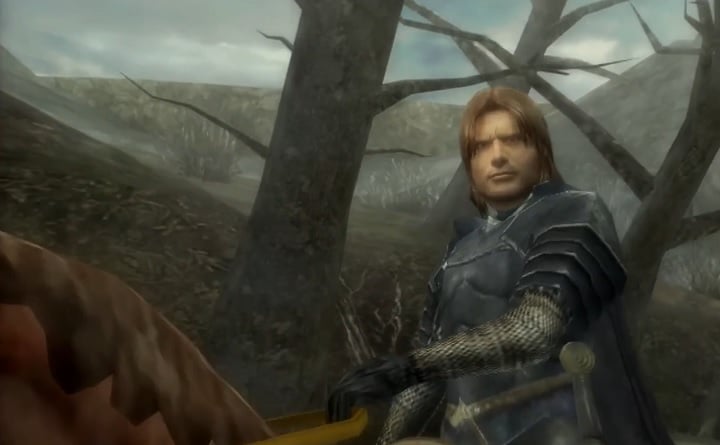
This is Middle-earth and here we fight
The Lord of the Rings: The Third Age worked in two modes, so to speak. The first one was real-time exploration, allowing us to admire locations (the chance to visit Moria or Helm's Deep still captivates the imagination) and have some conversations with NPCs. The game allowed for free switching between male and female characters, which was important because the experience points for completing a specific quest were awarded to the character we were controlling at the time of the task's completion.
Following the pattern of many Japanese RPGs from that time, opponents weren't visible in locations. The possibility of a random battle was signaled by the Eye of Sauron appearing in the upper left corner of the screen: the darker it got, the higher the chance that a fight would begin soon. However, when the blue Palantir appeared in the same place, we had to prepare for a story battle.
On our way, we encountered opponents known from movies. So we're talking about orcs, uruk-hai, wargs, trolls, and other monstrosities who played the role of bosses here (I mention them below). The "Evil Mode" has been introduced to the game, enabling us to directly command the forces of evil and engage in a series of battles with the protagonists. It was worth spending some time on this mini-game because in this way we gained access to unique rewards in the form of special items.
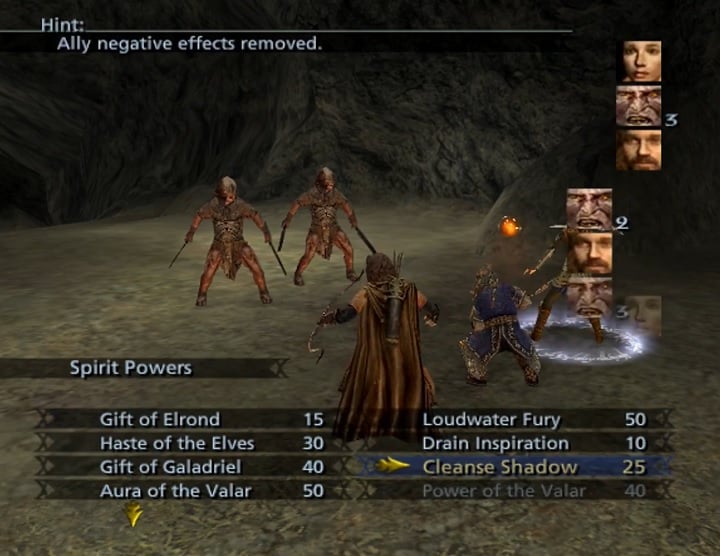
Turn-based Lord of the Rings
After starting the combat, we entered the arena where on one side was our party, and on the other - the enemy forces. Each participant in the battle took their turns to make moves, with an order that could be adjusted, such as by slowing or stunning targets or accelerating their allies. Importantly, such possibilities were available to both us and the representatives of evil forces.
Besides launching attacks, using skills (which varied depending on the character), and using items, we charged special attacks on the battlefield. The proper use of these special attacks could change the outcome of many clashes.
After the fight was over, we received experience points, and the number each character received depended on their contribution to the fight: the more they put into it, the more XP they got (and vice versa). As progress continued, our companions moved up to higher levels and improved their abilities: additionally, their combat potential grew thanks to the equipment they acquired.
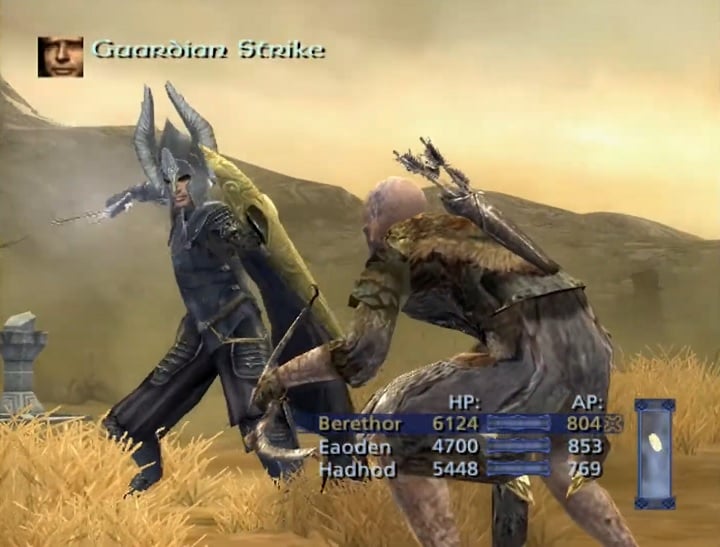
Bad calls
Unfortunately, the devs behind the Third Age made a series of decisions that could be considered strange, inaccurate, or even absurd. The first issue was the difficulty level. While most of the journey wasn't too challenging, the final segment featured a sudden leap in difficulty during the Battle of Helm's Deep. Unfortunately, the inability to defeat all the enemies attacking in waves meant that it might be necessary to return to one of the already visited locations to gain some XP and return to the battlefield with a boosted Berethor and his entourage. What's interesting, in the later stages of the game, the title spared such "attractions."
Besides, the game was devoid of any currency... although on the other hand, it made sense, because it's hard to imagine anyone wanting to trade in the besieged Minas Tirith or in the dark corridors of Moria. This meant that all the items that ended up in our inventory came from defeated enemies or chests. And speaking of chests... In Helm's Deep, the game tasked us with acquiring a legendary artifact that would influence the course of the battle (don't ask...). As it turned out after a short search, it was not so legendary at all, because it was lying quietly in the chest, waiting for a new owner.
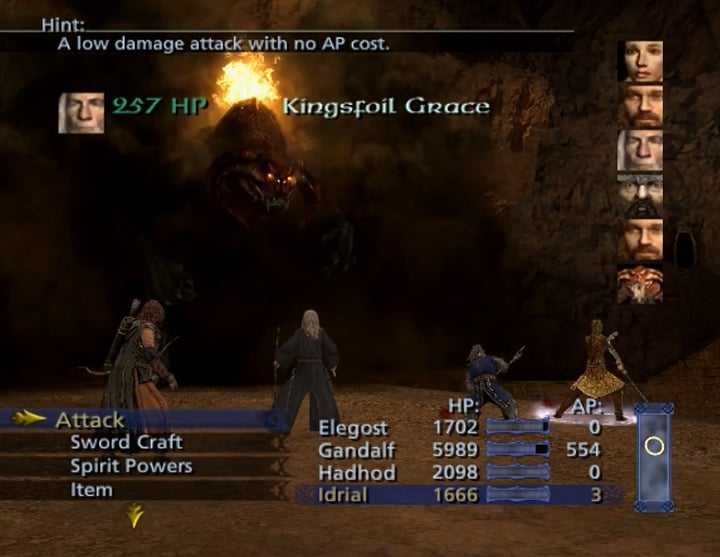
That's how, we reach the greatest absurdity of the Third Age, which was some bosses. While Electronic Arts didn't perform the same "miracles" with the canon as Monolith Productions did in their Shadow of War, there was still plenty to criticize about the game. Berethor and others not only followed the Fellowship of the Ring, but also occasionally interfered in their adventures. This led, for instance, to situations where our comrades stood alongside Gandalf to... fight the Balrog (!), attacking him with swords, axes, and arrows, or helped Eowyn defeat the Witch-king of Angmar. In the end, the final battle proved to also be absurd; perhaps some of you already guessed who the protagonists of the Third Age had to confront after their journey through Middle-earth.
What happened next?
In the end, The Lord of the Rings: The Third Age can be considered a successful game. This is confirmed by the commercial and artistic success it has achieved. Unfortunately, EA didn't follow through and failed to make a sequel. Instead, EA Redwood Shores was tasked with developing a new RPG, The Lord of the Rings: The White Council, which would be released on PC, PlayStation 3, and Xbox 360. But that's a topic for another story...
How to play Third Age today?
When writing these words, The Lord of the Rings: The Third Age is nowhere to be found in Sony, Microsoft, or Nintendo stores. The prices of used copies, however, range from 10 to 30 bucks (depending on the edition).
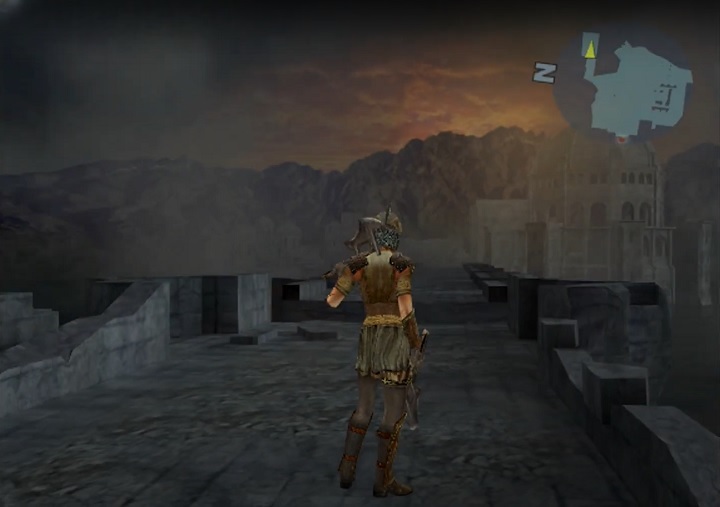 The game allowed us to explore locations known from the movies. Source: Timpedia / YouTube.
The game allowed us to explore locations known from the movies. Source: Timpedia / YouTube.- Larian Studios dispels doubts about Divinity once and for all. New RPG may follow in Baldur's Gate 3's footsteps, but release is a long way off
- Bethesda doesn't have a heart for fans of The Elder Scrolls 6. Devs put it simply: they will give themselves „as much time as it takes to make the game great”
- Baldur's Gate 3 sales aren't slowing down even for a moment. Swen Vincke gave a new, round figure
0

Author: Christian Pieniazek
Started working with Gamepressure.com in August 2016. Although the Game Encyclopedia has been his pride and joy from the beginning, he also writes for the Newsroom and the Editorial section. Gained professional experience through a now-defunct service, in which he worked for almost three years. Graduated in Cultural Studies at the AGH University of Krakow. Runs his own business, jogs, cycles, loves mountain hiking, is a fan of nu metal, is interested in space, and of course, enjoys playing games. Feels best in action games with an open world and RPGs, although won't turn down good racing or shooting games.
Latest News
- End of remote work and 60 hours a week. Demo of Naughty Dog's new game was born amid a crunch atmosphere
- She's the new Lara Croft, but she still lives in fear. Trauma after Perfect Dark changed the actress' approach to the industry
- „A lot has become lost in translation.” Swen Vincke suggests that the scandal surrounding Divinity is a big misunderstanding
- Stuck in development limbo for years, ARK 2 is now planned for 2028
- Few people know about it, but it's an RPG mixing Dark Souls and NieR that has received excellent reviews on Steam, and its first DLC will be released soon
